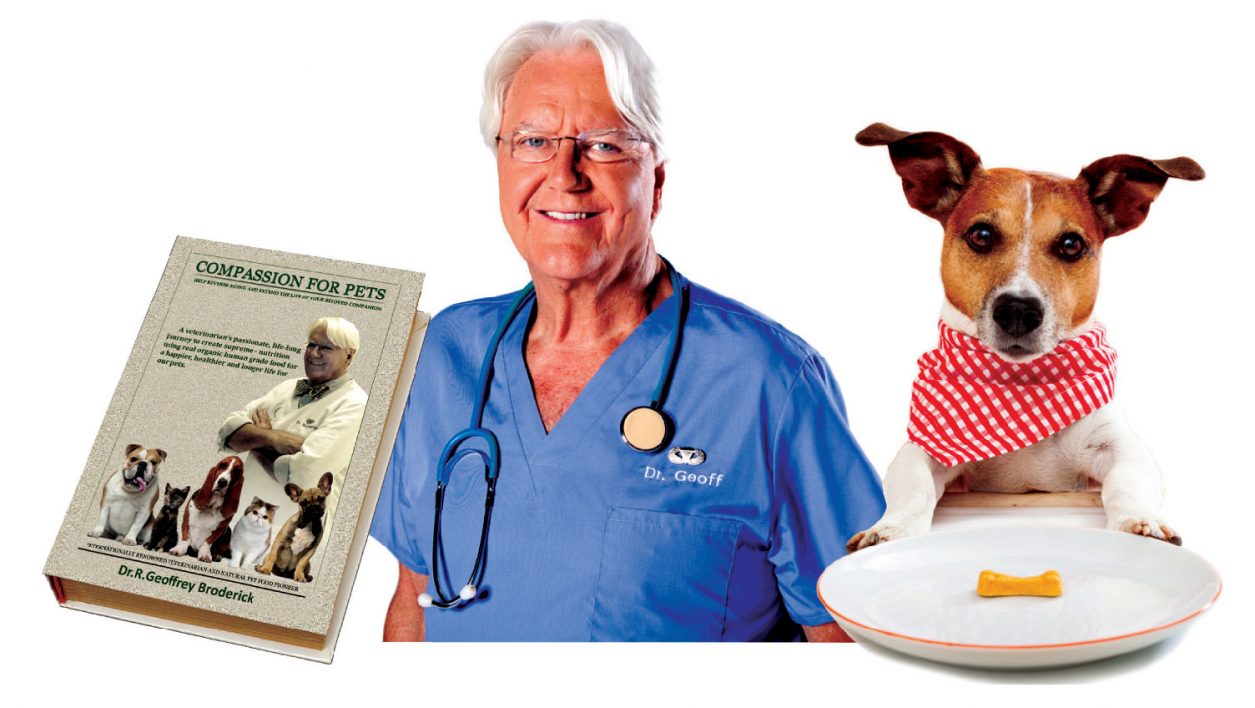Pet parents are often sent into a momentary state of shock when they see the vet bills for a treatment, procedure, or even a simple vet visit. Their jaws drop, their eyes bulge, and their bank account runs for the hills. They’re even more shocked when they come to me and I explain how those astronomically high pet care costs can disappear.
1) Vomiting & Diarrhea Visit Costs
Vomiting and diarrhea are two of the most common problems veterinarians see on a weekly basis. This almost always leads to X-rays, costing around $150 – $300. Nowadays, veterinarians are strongly suggesting an MRI for diagnosis that can cost upwards of $3,000.
The truth: Inflammation is the root cause of these issues more than 90% of the time due to the type of food you’re feeding your pet. Pet food, by definition, is deemed unfit for human consumption which means it’s unfit for anyone’s child, no matter the number of legs they walk on. Your pet’s diet can be changed to eliminate inflammation, thus getting rid of these costly vet visits. That’s why humans don’t eat pet food and that’s why we make real human food for pets.
2) Dental Costs
The overwhelming majority of pets at some point in their life go to their veterinarian for teeth cleanings and teeth extractions because of suspected tartar and plaque build-up. However, one teeth cleaning procedure can cost anywhere from $500 – $1200. Yes, you read that right.
The truth: Pets lose their teeth due to gum disease, not teeth disease. Eliminating inflammation is your #1 concern for dental health. You can keep your pet’s teeth clean and reduce build-up without constantly relying on teeth cleaning procedures. For example, our new Krispy Krunchies Dry Food will help break down the tartar buildup on dog’s teeth to keep them clean and help prevent inflammation. Give a couple of frozen Krispy Krunchies after each meal.
3) Diabetes Costs
Every pet parent thinks their pet is immune to diabetes until it actually happens. All of a sudden, the pet’s quality of life plummets while you’re forced to pay anywhere from $90 – $120/mo for insulin treatments on top of frequent doctor visits that can cost over $100. This ends up costing pet parents thousands of dollars a year for this now lifelong commitment of maintaining any relief for the poor animal. Not to mention the other health problems that arise with diabetes that eventually lead to even more costs down the line.
The truth: Diabetes is becoming terrifyingly more common today and it’s due to the pet food industry’s disgusting reliance on packing their products full of cheap, useless carbohydrates. These carbohydrates are killing our animals. Look at any package of pet food and you will see protein, fat, fiber, and moisture but you will not see carbohydrates because pet food makers are allowed to omit “carbohydrates” from the food label. However, carb-heavy ingredients are cheap (and useless) and are stuffed into the majority of pet food on the market.
No other pet food that we know of puts a carbohydrate declaration on its products. That’s why we make a point on our cans to show the exact breakdown of carbohydrate levels: Zero. We don’t saturate Cornucopia food with carbs and that’s why we don’t see any diabetes when a pet is put on the full Cornucopia Paradigm. Get your pet on the path of prevention.
What is the #1 way to actually avoid these costs?
A healthy, sickness-preventing, organic diet. There’s only one place we know of that guarantees harm-free and organic food for pets that has truly worked for over half a century. That’s Cornucopia.
Your pet’s food bowl should not be a toilet of chemicals, carcinogens, and harmful toxins. Why are pets, on average, living only 1/3 of their true lifespan? You know the answer. The pet food industry sees animals as dollar signs, not creatures of God.
Feed your pet this organic, harm-free diet that can help prevent almost all of the reasons you would have to pay an unexpected vet bill ever again. Save your pet from unnecessary sickness. That’s true healthcare.

















